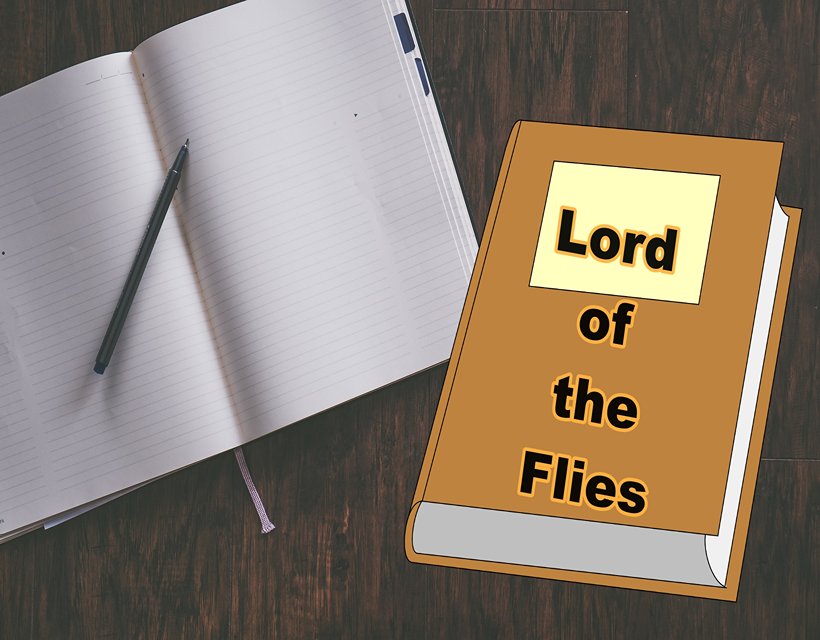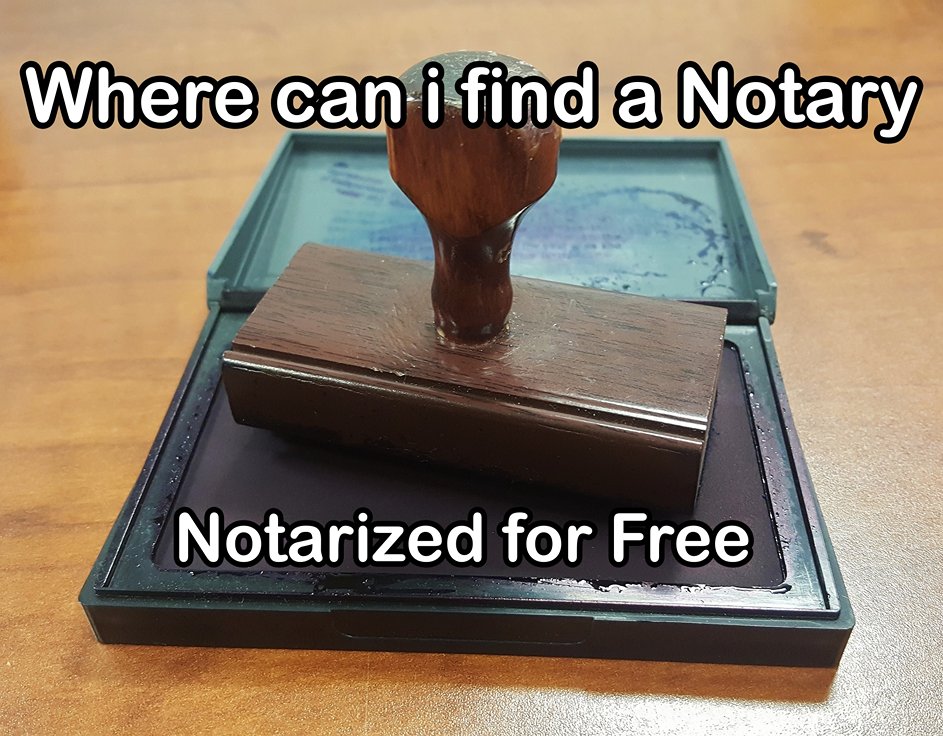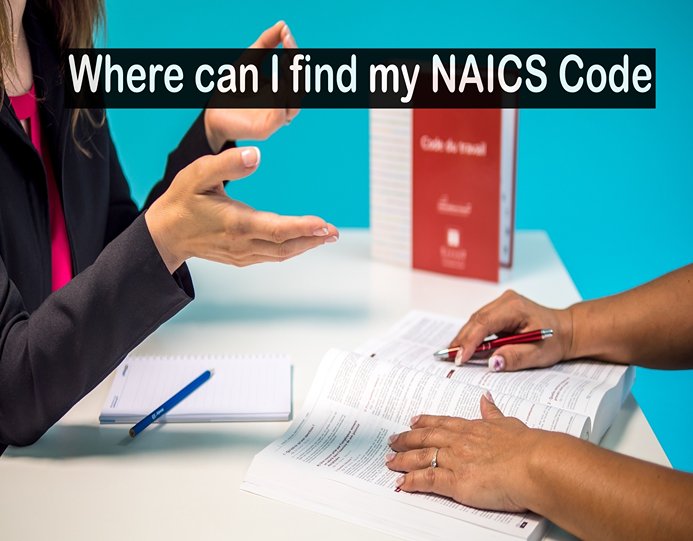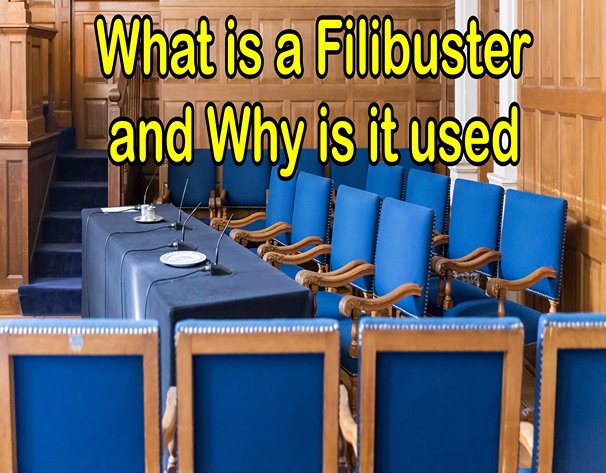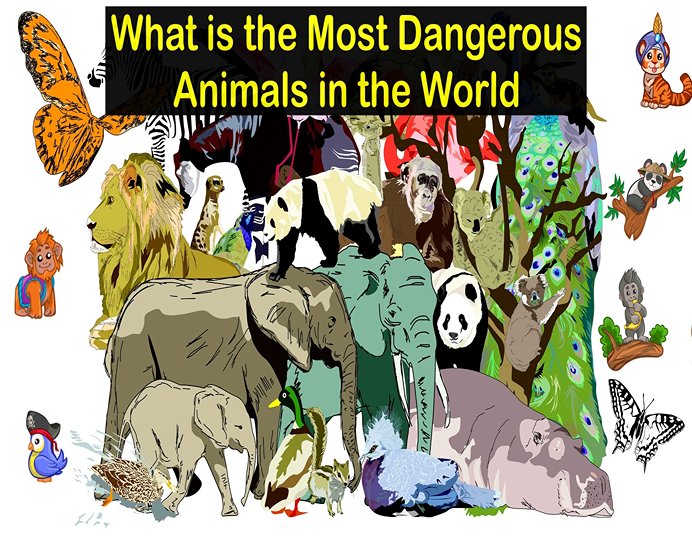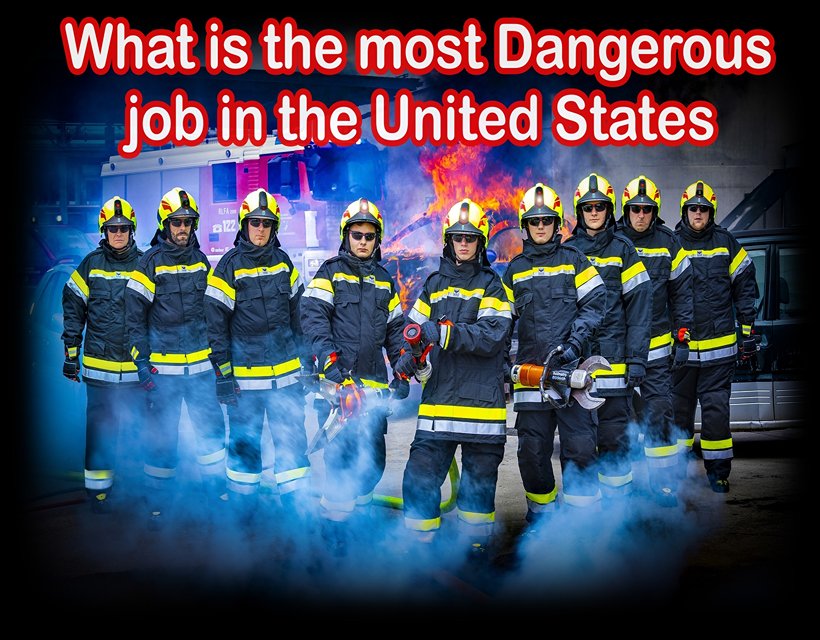(PDF) Lord of the Flies pdf – Pdf Download
“Lord of the Flies” by William Golding is a classic novel that explores the dark side of human nature. Published in 1954, the book has since become a staple of high school literature curriculums and a beloved work of literature for many readers. (PDF) Lord of the Flies pdf – Pdf Download
The novel follows a group of British boys who are stranded on an uninhabited island after a plane crash. The boys, ranging in age from six to twelve, must learn to survive on their own without any adult supervision. Initially, they try to maintain order and establish rules, electing Ralph as their leader. However, as time goes on, the boys become increasingly savage and violent, led by the charismatic but cruel Jack.
One of the main themes of “Lord of the Flies” is the inherent evil in human nature. Golding suggests that without the constraints of society and the rule of law, people are capable of great violence and cruelty. The boys on the island initially try to maintain order and work together, but as their situation becomes more desperate, they become more savage and willing to hurt one another. (PDF) Lord of the Flies pdf – Pdf Download
Another theme of the novel is the tension between civilization and savagery. Ralph represents the rational, civilized side of humanity, while Jack embodies the savage, primal side. The conflict between these two characters and their ideologies drives much of the action of the novel.
Throughout the novel, Golding uses symbolism to explore these themes. The “Lord of the Flies” is a pig’s head on a stick that the boys worship as a kind of god. It represents the boys’ descent into savagery and the evil that lurks within them. The conch shell, which the boys use to call meetings and establish order, represents civilization and the rule of law. When it is eventually destroyed, it represents the breakdown of civilized society.
“Lord of the Flies” is a powerful novel that continues to resonate with readers today. It explores timeless themes about the nature of humanity and the tension between civilization and savagery. Golding’s prose is clear and vivid, and his use of symbolism and allegory is masterful. The novel is a must-read for anyone interested in literature, philosophy, or human nature.
One of the most interesting aspects of “Lord of the Flies” is the way Golding portrays the different characters and their reactions to the situation they find themselves in. Ralph, who is initially elected as the leader of the group, tries to maintain order and establish rules that will help them survive and be rescued. He represents the rational and civilized side of humanity and tries to keep the boys focused on their goal of getting rescued.
On the other hand, Jack is the leader of the group of hunters and becomes increasingly savage and violent as the novel progresses. He represents the primal and instinctual side of humanity, and his desire for power and dominance leads him to become a tyrant on the island. His followers become more and more violent, and they eventually turn against Ralph and anyone else who stands in their way. (PDF) Lord of the Flies pdf – Pdf Download
The other boys on the island also display different reactions to their situation. Some, like Piggy and Simon, try to maintain a sense of rationality and morality even as the others become more savage. Others, like Roger, become increasingly violent and cruel, reveling in the chaos and destruction.
Another interesting aspect of the novel is the way Golding uses the island itself as a symbol of the boys’ isolation and their descent into savagery. The island is a paradise at first, but as the boys become more violent and destructive, it becomes a hellish and dangerous place. The natural beauty of the island is corrupted by the boys’ actions, and it becomes a place of darkness and terror. (PDF) Lord of the Flies pdf – Pdf Download
“Lord of the Flies” is a complex and thought-provoking novel that raises important questions about the nature of humanity and the role of society in controlling our instincts and desires. Golding’s writing is both powerful and poetic, and his use of symbolism and allegory is masterful. The novel is a timeless classic that continues to resonate with readers of all ages and backgrounds.
Another important aspect of “Lord of the Flies” is the way that Golding uses the boys’ isolation from the outside world to underscore the idea that the social order and rules of civilization are what keep us from giving into our baser instincts. When the boys first arrive on the island, they attempt to replicate the structures and social norms of the society they left behind. They hold meetings, elect a leader, and create rules. But as their situation becomes more dire, they begin to break down these structures and rules, and give in to their more savage impulses.
Throughout the novel, Golding also explores the relationship between power and violence. Jack, who becomes the leader of the hunters, uses violence to exert his power over the other boys. He and his followers use physical intimidation and torture to maintain their control, and they revel in their ability to dominate others. This theme of power and violence is particularly relevant in today’s world, where we see how those in positions of power often use violence and intimidation to maintain their control. (PDF) Lord of the Flies pdf – Pdf Download
“Lord of the Flies” is a novel that continues to captivate readers with its exploration of the darker side of human nature. Golding’s use of allegory and symbolism, along with his insightful portrayal of the characters, make the novel a powerful and thought-provoking work of literature. The novel challenges us to confront our own instincts and impulses, and to consider the role that society and social norms play in controlling our behavior.
One of the most interesting aspects of “Lord of the Flies” is the way in which Golding critiques the concept of the “noble savage,” or the idea that human beings are inherently good and that it is civilization that corrupts us. Golding’s novel challenges this idea by showing how even innocent and well-meaning boys can become savage and violent when placed in a situation where there are no rules or consequences for their actions. This theme is especially relevant in today’s world, where there is often a romanticized view of non-western cultures as somehow “pure” and “untouched” by the corrupting influence of modern civilization.
Another important theme in “Lord of the Flies” is the idea that violence begets violence. As the boys on the island become more violent and savage, their actions create a cycle of violence that is hard to break. This idea is particularly relevant today, where we see how violence and conflict can spiral out of control, leading to more violence and suffering.
The character of Piggy is also an important aspect of the novel. He is a symbol of rationality and intelligence, but is also physically weak and vulnerable. His glasses, which are used to start fires, are a symbol of the power of knowledge and technology in our society. When Piggy is killed by Roger, it represents the triumph of violence and ignorance over reason and intelligence.
The novel can be read as a commentary on the nature of power and authority. Ralph is elected as the leader of the boys, but his authority is constantly challenged by Jack, who seeks to exert his own power over the group. The struggle between these two characters represents the struggle between democracy and authoritarianism, and shows how easily the latter can triumph over the former in certain situations.
“Lord of the Flies” is a powerful and thought-provoking novel that continues to be relevant today. Golding’s exploration of human nature, violence, power, and authority is insightful and challenging, and the novel’s themes and messages continue to resonate with readers of all ages and backgrounds. (PDF) Lord of the Flies pdf – Pdf Download

